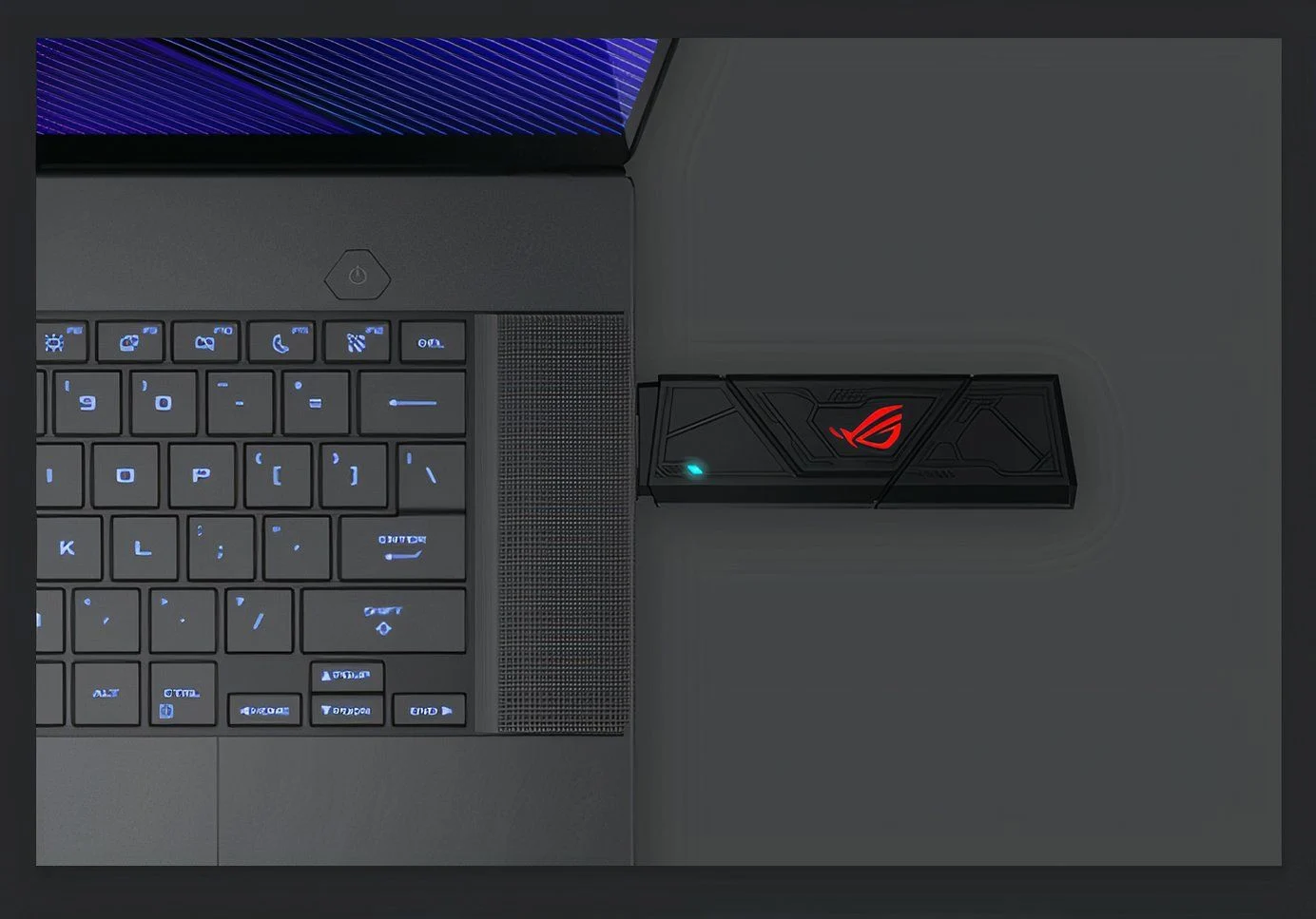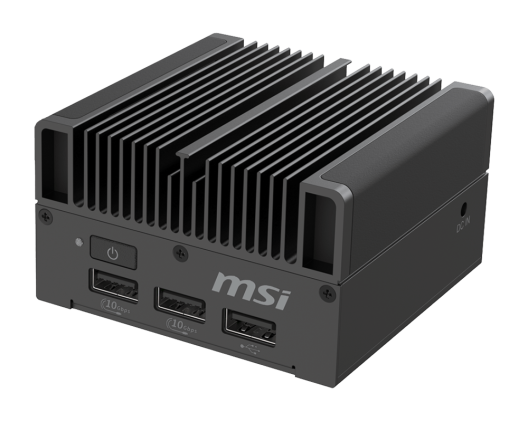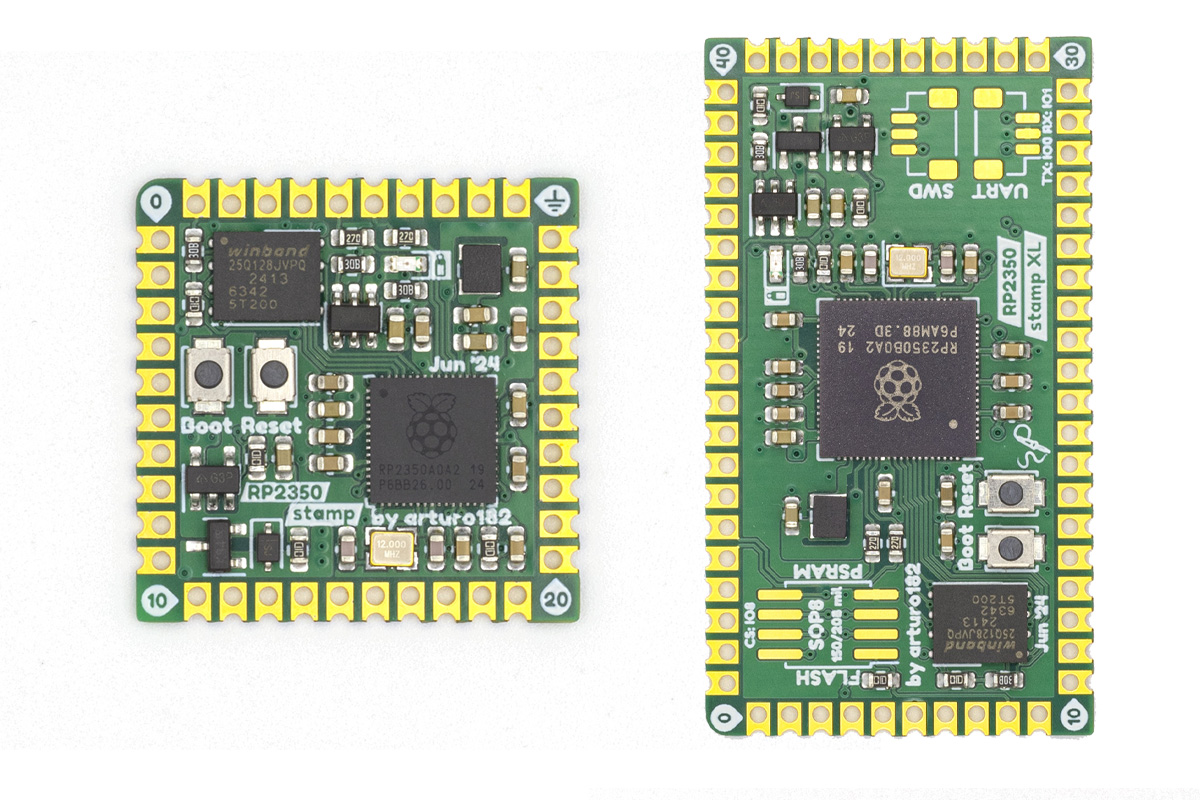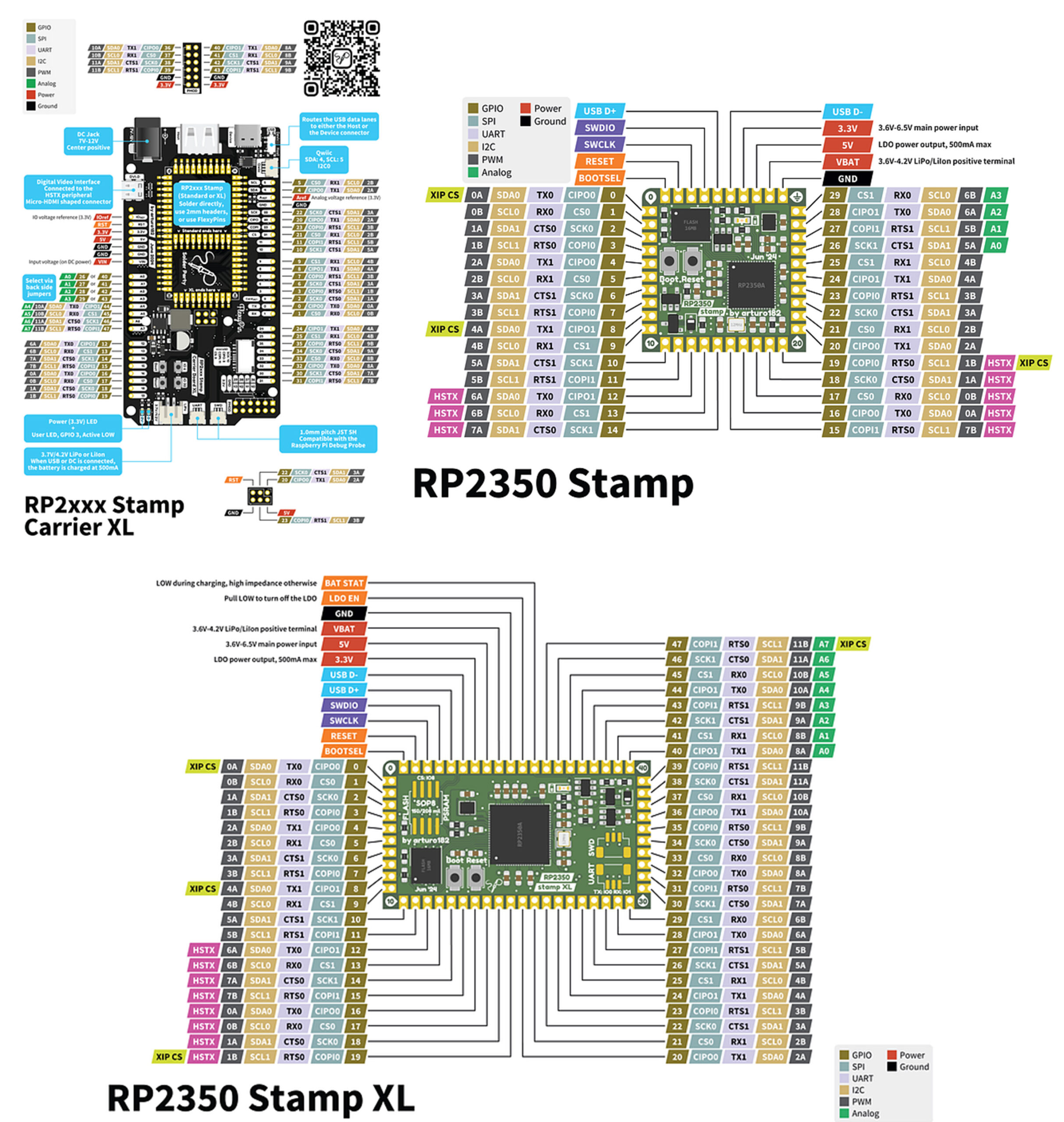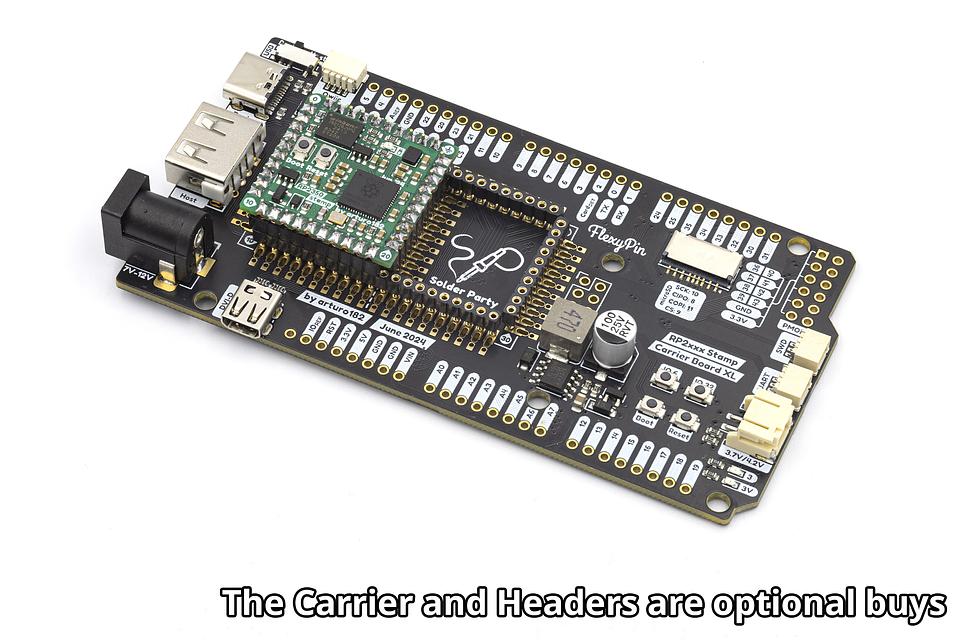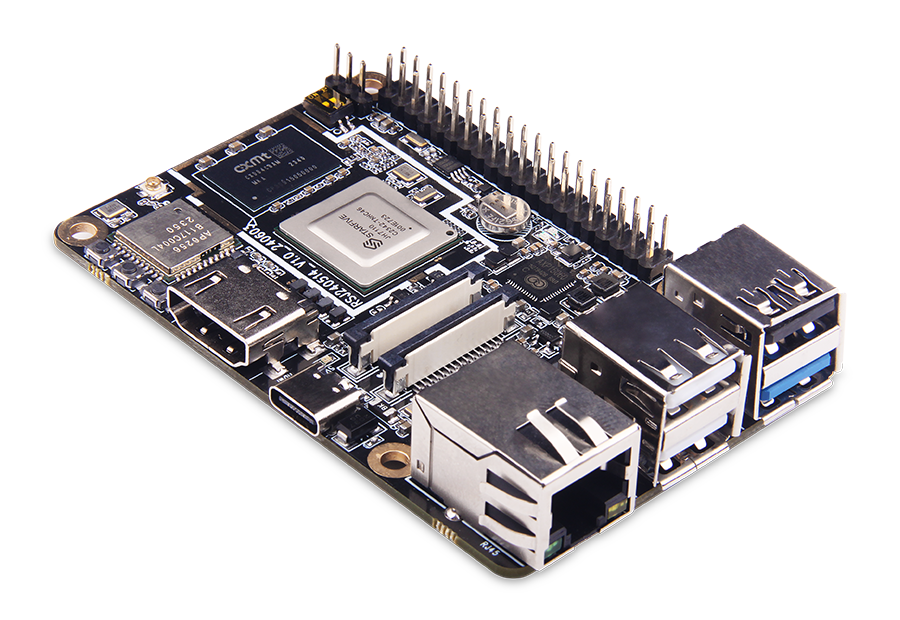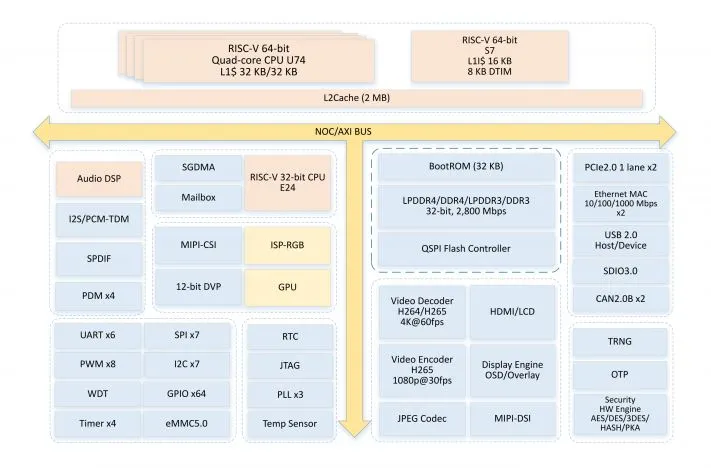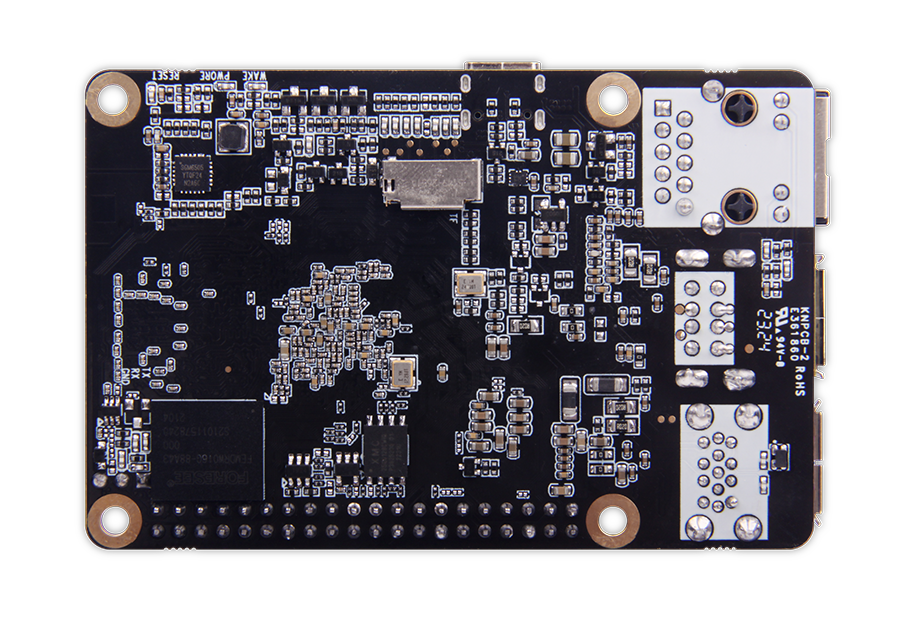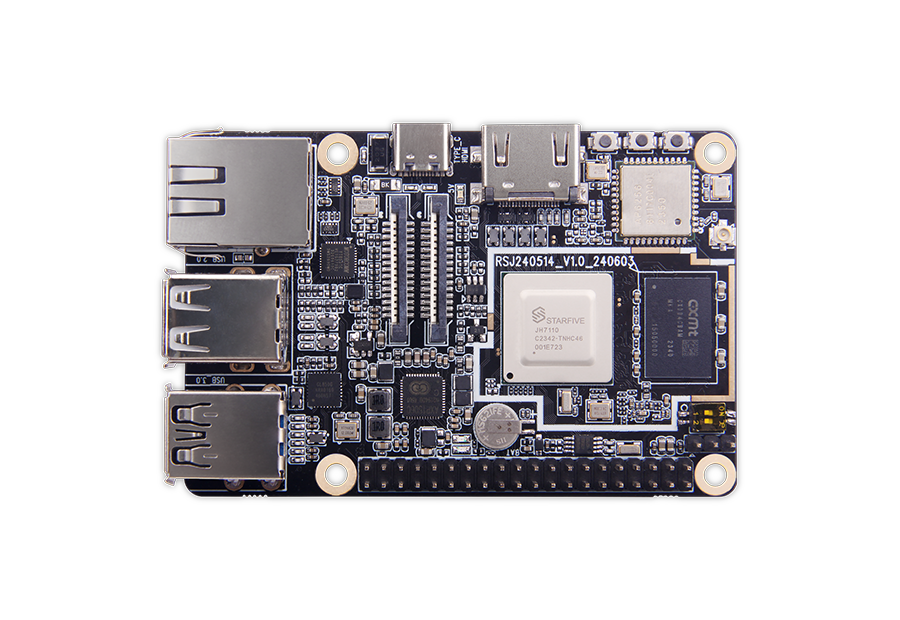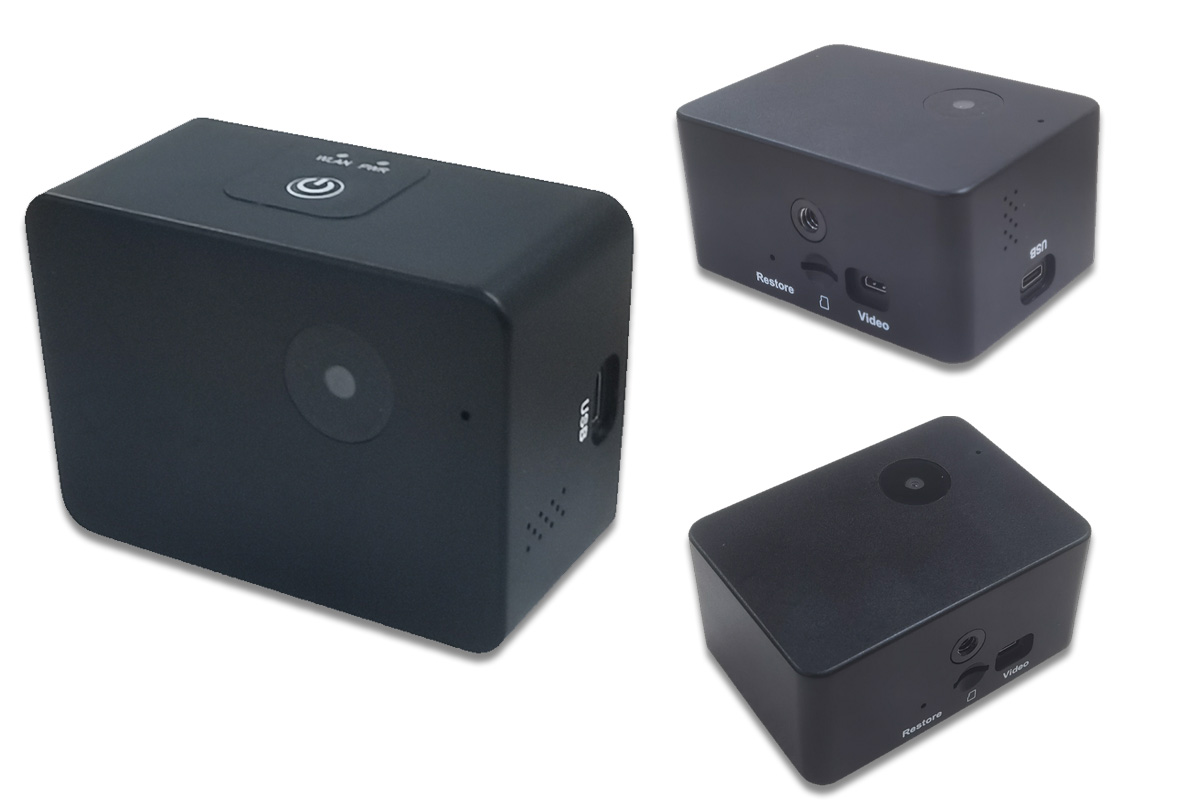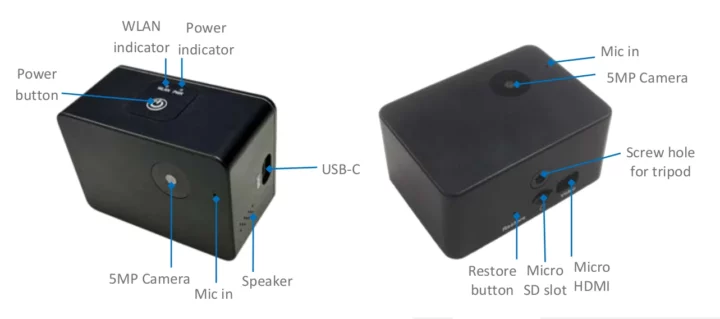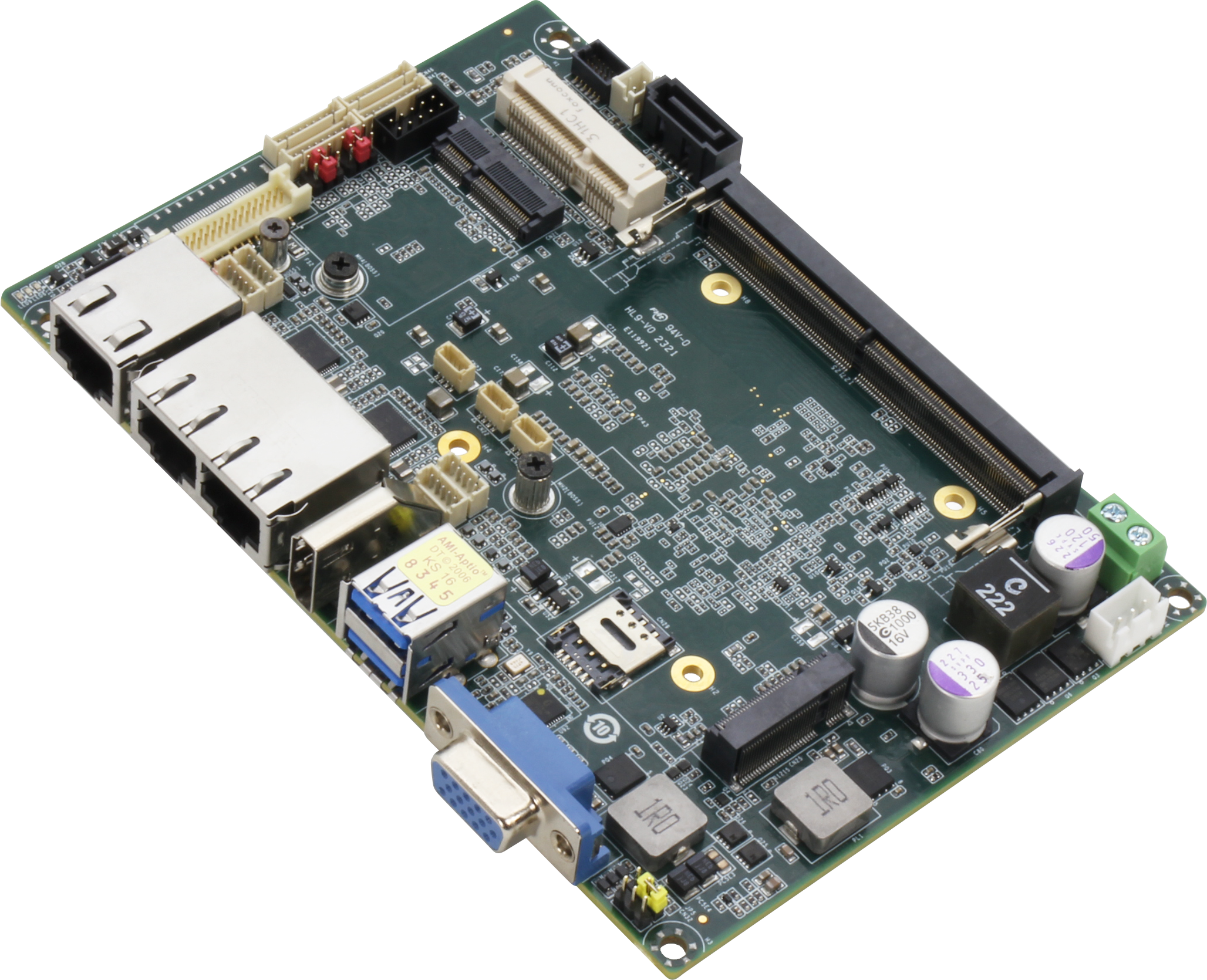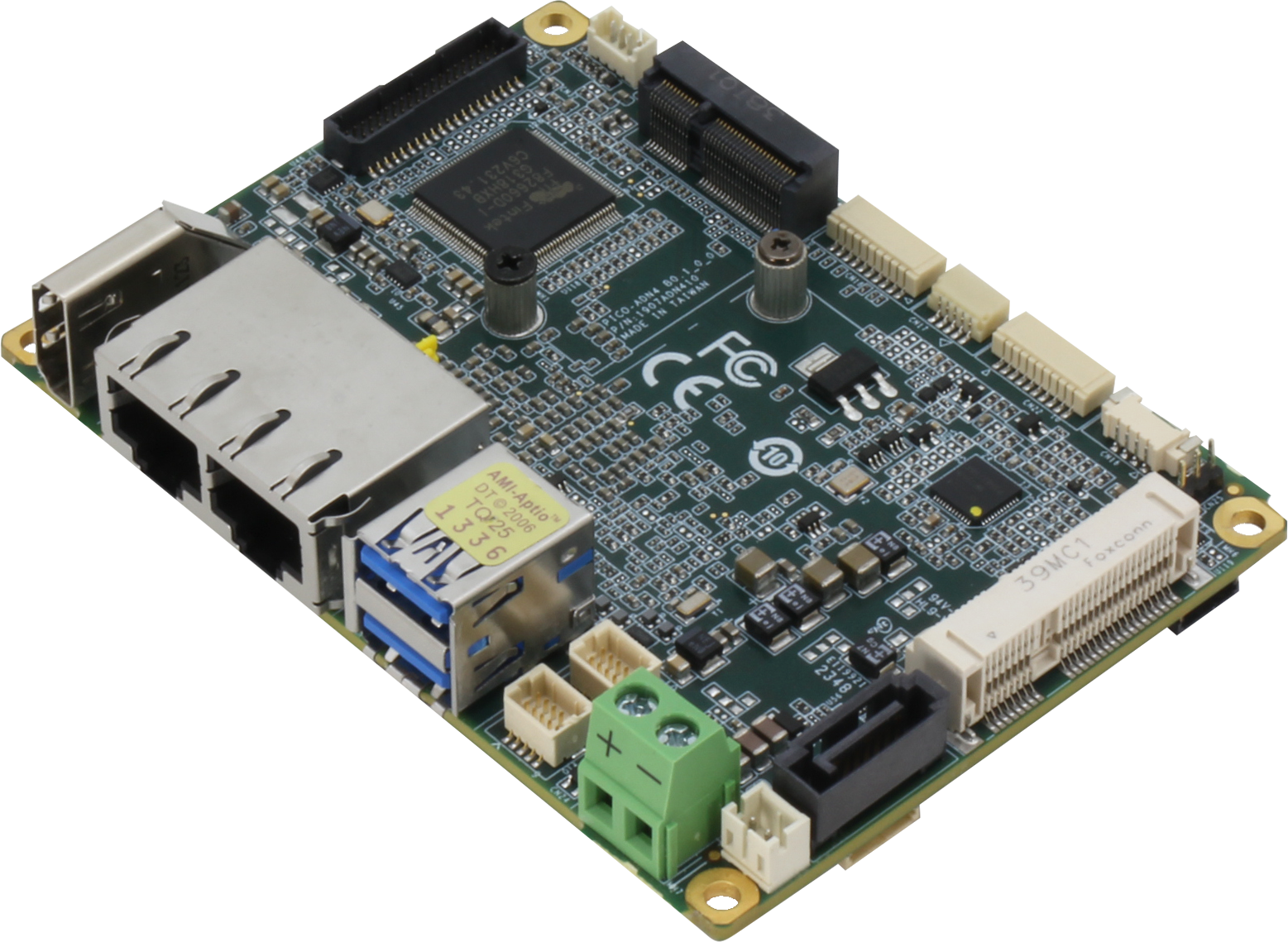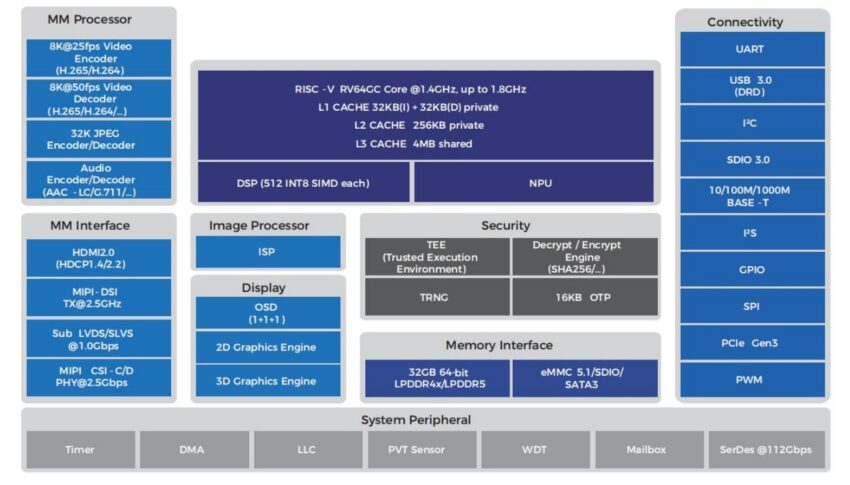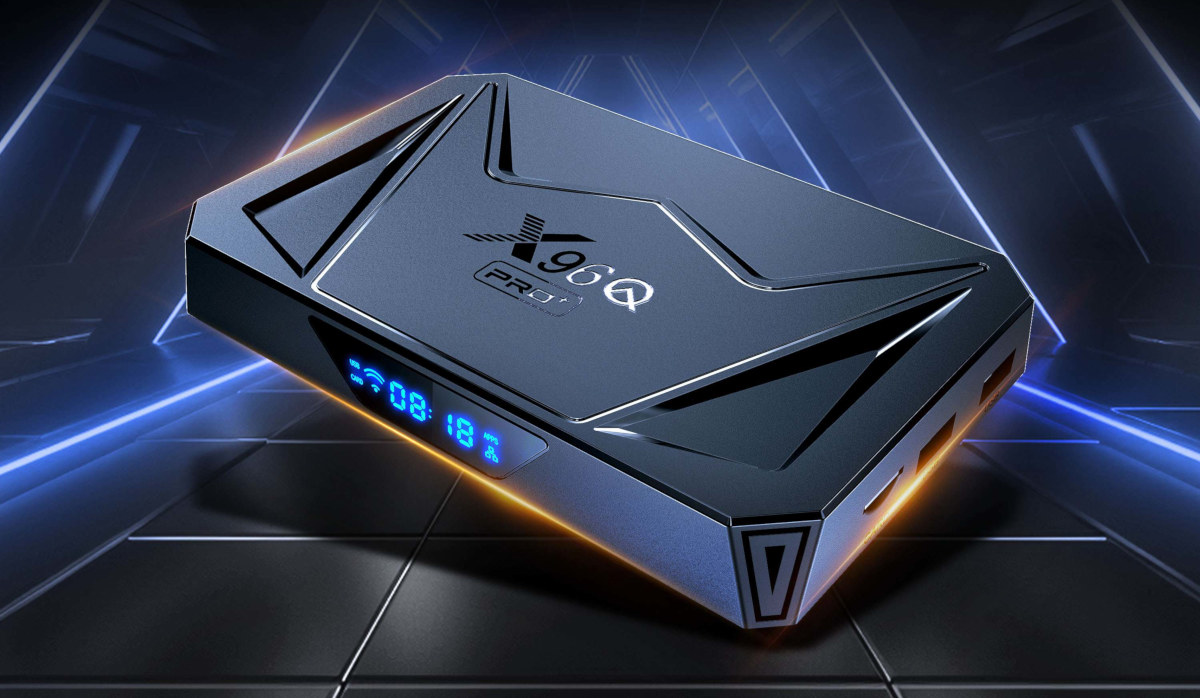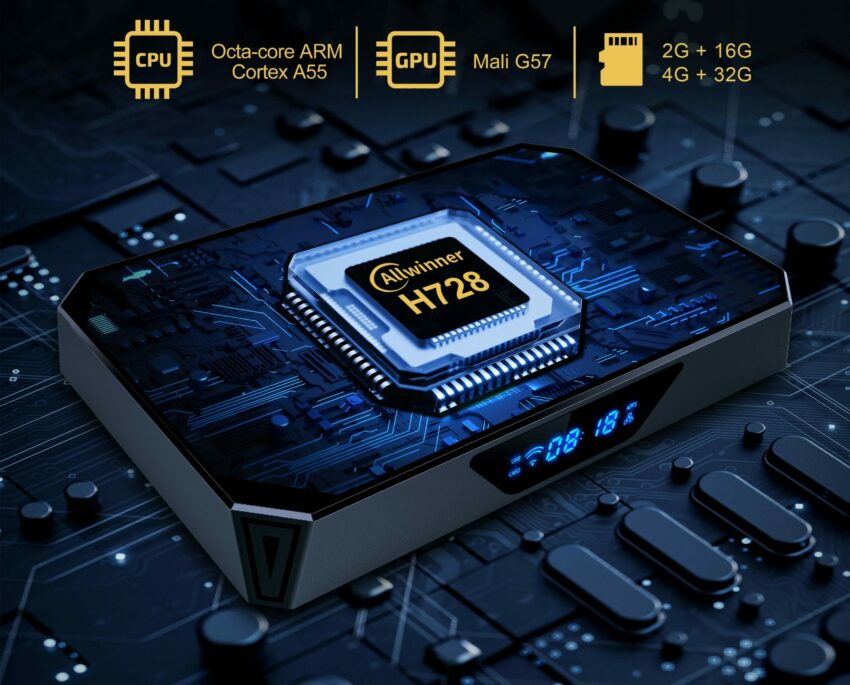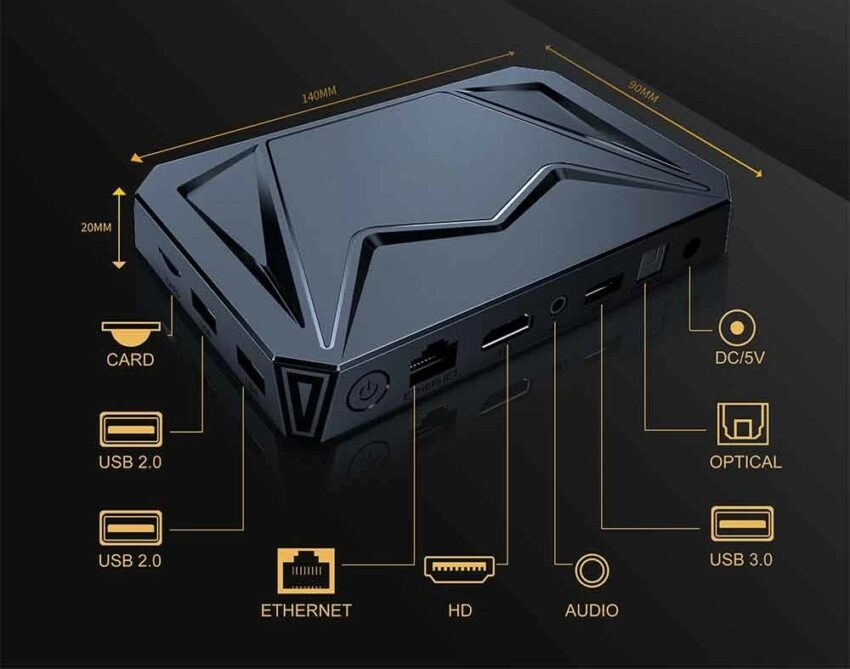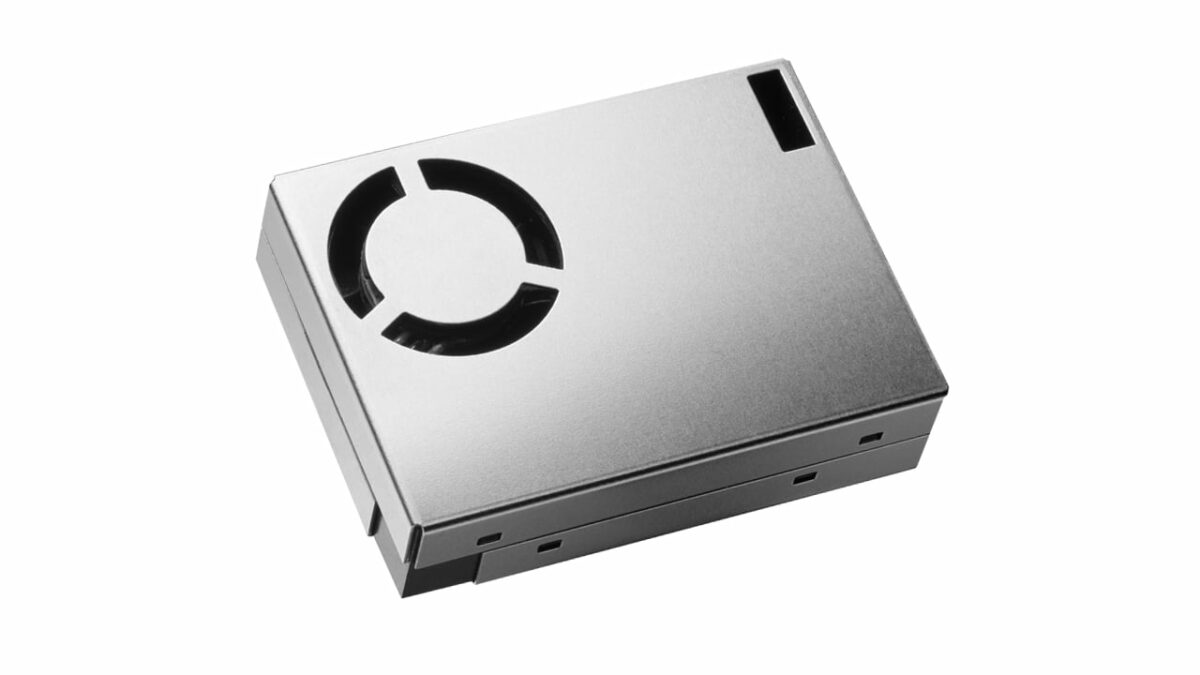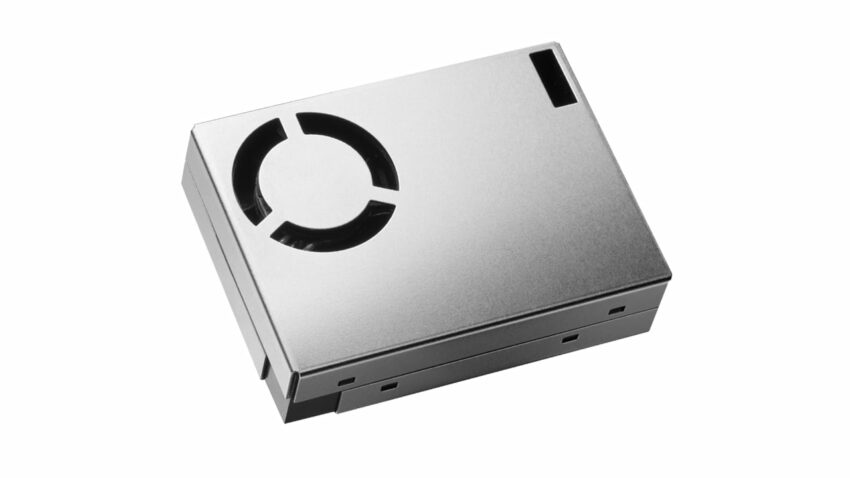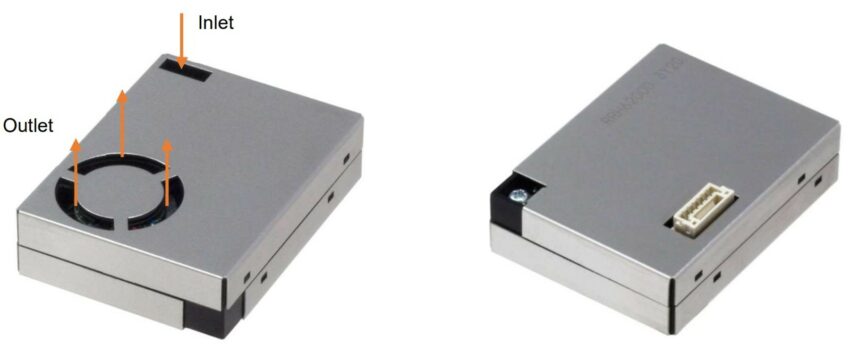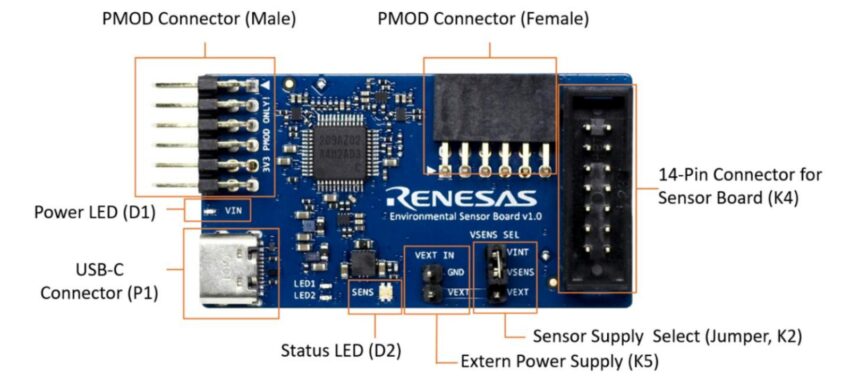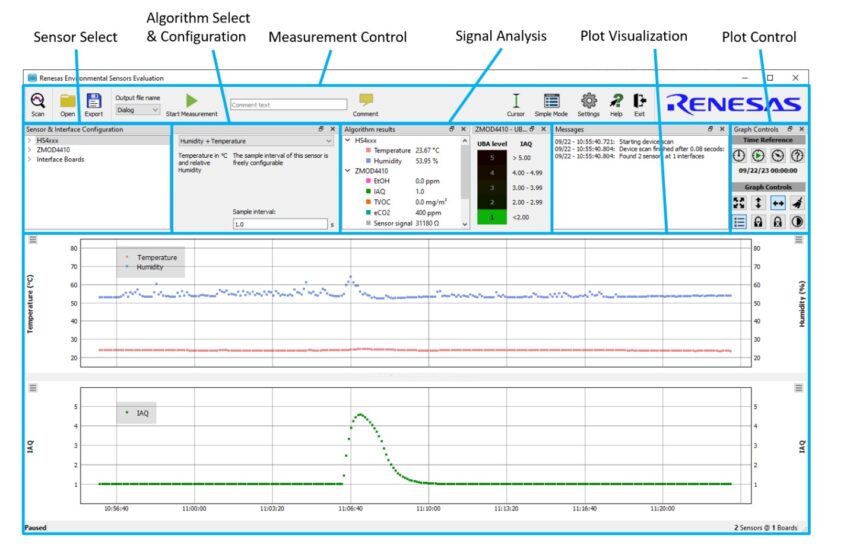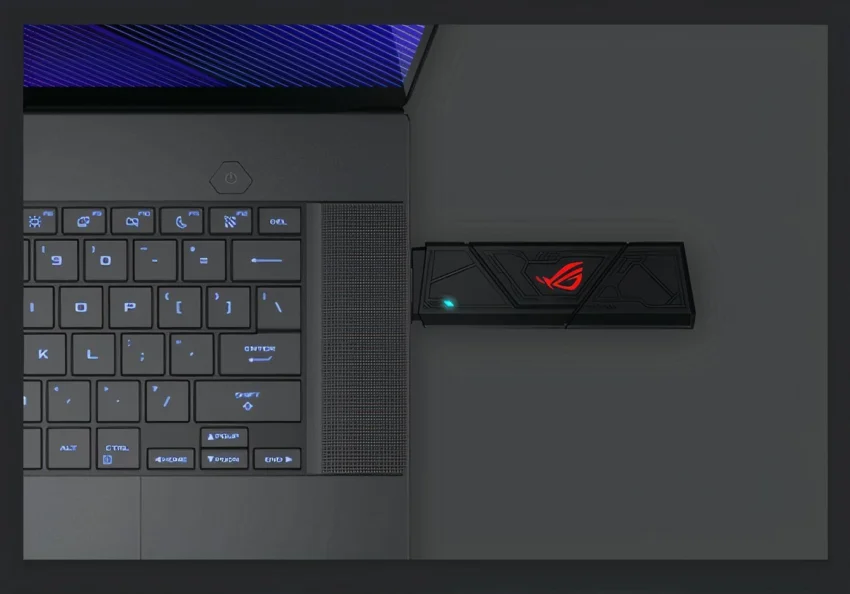
ASUS has introduced the ROG USB-BE92, a wireless LAN dongle that supports the latest Wi-Fi 7 (802.11be) standard. This adapter enables high-speed wireless communication for PCs without native Wi-Fi 7 support when paired with a compatible Wi-Fi 7 router. Featuring advanced capabilities such as 4096-QAM (Quadrature Amplitude Modulation) and Multi-Link Operation (MLO), the ROG USB-BE92 ensures seamless connectivity across tri-band frequencies: 6GHz, 5GHz, and 2.4GHz.
The ROG USB-BE92 is based on USB 3.2 Gen1 and supports IEEE 802.11a/b/n/ac/ax/be standards. It operates across the 2.4GHz, 5GHz, and 6GHz bands, and includes dual internal antennas for enhanced signal reception. Designed for high-throughput performance in BE6500 networks, it supports MU-MIMO technology and is optimized for Windows 10 and Windows 11 platforms. This adapter provides next-generation wireless connectivity when used with Wi-Fi 7 routers and compatible client devices.
We previously discussed several WiFi 7 modules, SBCs, and chipsets including Compex WLE7002E25, 8Devices Noni, and Banana Pi BPI-R4. These modules offer different features and performance levels, so I recommend checking them out if you’re interested in WiFi 7 technology. The ASUS ROC USB-BE92 is one of the first WiFi 7 USB dongles that made it to market.

ASUS ROG-USB-BE92 specifications:
- Wi-Fi Bandwidth: BE6500 Tri-band
- Speed: Up to 6,500 Mbps
- 2.4GHz: 688 Mbps
- 5GHz: 2,882 Mbps
- 6GHz: 2,882 Mbps
- Wireless Standard Support:
- Wi-Fi 7 (802.11be)
- Wi-Fi 6 (802.11ax)
- Wi-Fi 5 (802.11ac)
- Wi-Fi 4 (802.11n)
- IEEE 802.11a/b/g
- Advanced Features:
- Support for 4096-QAM
- Multi-Link Operation (MLO)
- Interface: 1x USB 3.2 Gen1 (Type-A and Type-C compatible)
- Antenna: 2x Internal dual-band (DB) antennas
- Security Support: WPA/WPA2/WPA3 Enterprise supported, excluding AiMesh mode
- Power: For devices exceeding USB 2.0 (5V/500mA) and USB 3.1 Gen 1 (5V/900mA) power supply limits
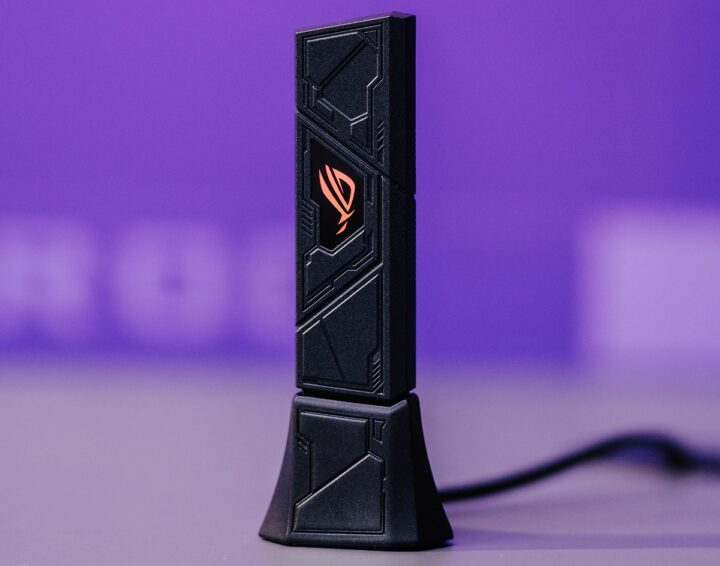
The ROG USB-BE92, part of the ROG gaming family, features the brand’s signature design and color scheme. Although it has a gaming-focused look, this versatile USB WiFi 7 adapter is suitable for a wide range of users. It supports both Windows 10 and Windows 11, though full functionality of the Multi-Link Operation (MLO) feature will likely require Windows 11 24H2.
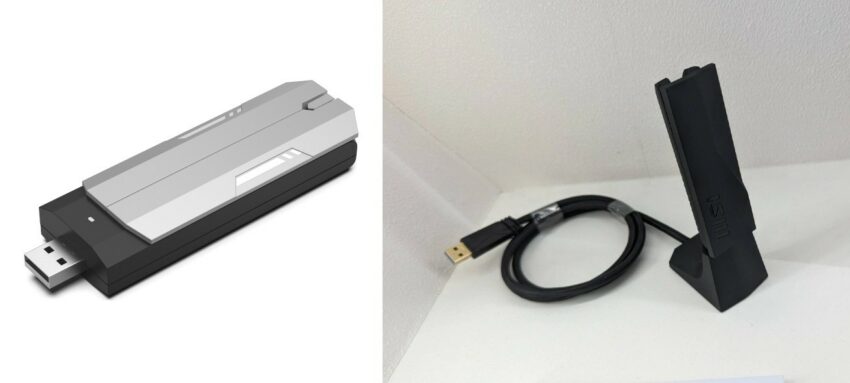
At least three companies have announced plans to release USB dongles that offer a plug-and-play solution for adding Wi-Fi 7 to PCs or other devices with a spare USB 3.2 port. TP-Link was the first, unveiling of the Archer TBE400UH at CES in January 2024. This summer, MSI followed with its own BE6500 Wi-Fi 7 dongle. Now, ASUS has entered the market with the introduction of its ROG USB-BE92 dongle.
The company did not provide any information about ASUS ROG USB-BE92 yet, but they have stated that it will be available later this year. More information about the ASUS ROG-USB-BE92 can be found on the product page.


